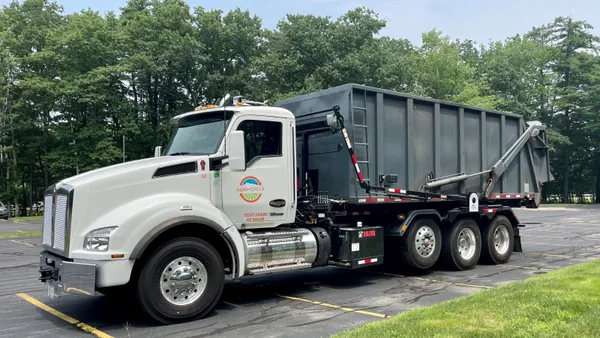Dive Brief:
- New York City will triple the households it provides food compost pick up for in 2017, reaching 600,000 households with over a million residents.
- The push to compost will extend to 40% of the city's public schools and 400 apartment buildings in the boroughs of Manhattan, the Bronx, Brooklyn, and Staten Island.
- The city has collected 25,000 tons of organic waste from 2013, when the program launched, through the end of 2015 — picking up 11,000 tons in its second year alone.
Dive Insight:
New York City Mayor Bill de Blasio wants zero waste to landfill by 2030 and a drive to divert organic garbage has been a big part of the plan to reach that goal. Late in 2015, the Department of Sanitation adopted rules to require hotel restaurants, arenas, and food wholesalers to recycle their food waste, which is projected to keep 50,000 tons out of landfills. The city plans to expand the mandate to all restaurants.
At the time this new expectation was announced, Sanitation Commissioner Kathryn Garcia told the New York Daily News, "This is the first step, not the end." Her promise is proving itself, with this latest push to hugely expand voluntary residential composting partly exemplifying as much.
Meanwhile, New York City continues to branch out in multiple strategic directions to get on top of its waste.
Between the city's multipronged waste diversion approaches, the tonnage is adding up. A mandatory recycling program collected 564,000 tons in 2014, and the fairly new e-cycleNYC collected more than 860,000 pounds of electronic devices within just under two years of launch.
By working to integrate waste management measures throughout multiple channels, the city hopes to be on its way to zero waste to assist the nation’s 50% reduction goal, set for 2030.









